From the rulebook: “Paladins of the West Kingdom is set at a turbulent time of West Francia’s story, circa 900 AD. Despite recent efforts to develop the city, outlying townships are still under threat from outsiders. Saracens scout the borders, while Vikings plunder wealth and livestock. Even the Byzantines from the east have shown their darker side. As noble men and women, players must gather workers from the city to defend against enemies, build fortifications and spread faith throughout the land. Fortunately, you are not alone. In his great wisdom, the King has sent his finest knights to help aid in our efforts. So ready the horses and sharpen the swords. The Paladins are approaching.”
Paladins of the West Kingdom (Paladins) is a heady mixture of hand, deck, and resource management, worker placement, action selection, and even a little bit of card drafting. Each player begins the game with an identical deck of Paladin cards from which they’ll be drawing three at the start of each round. These paladins provide unique abilities and also dictate which worker types the player will begin the round with. One paladin stays in the player’s hand, one goes to the bottom of the deck, and one goes back to the top of the deck. This planning ahead… this stacking of the deck… this paladin shuffle is where the juiciest cut of Paladins comes from. But there’s plenty more meat on the bone.
The workers gained in each of the game’s seven rounds will be used to construct forts, spread faith, interact with outsiders, and wage war (among other things). As the player’s reach widens, so too do their ways of accumulating victory points, which is the ultimate goal. And, boy, are there a lot of ways to get them.
This is a very high-level overview, of course. If you’d like to learn more about how the game is played, continue reading. Otherwise, feel free to skip ahead to the Thoughts section to find out what I think about Paladins of the West Kingdom.
Suiting Up
Paladins all set up looks something like this:
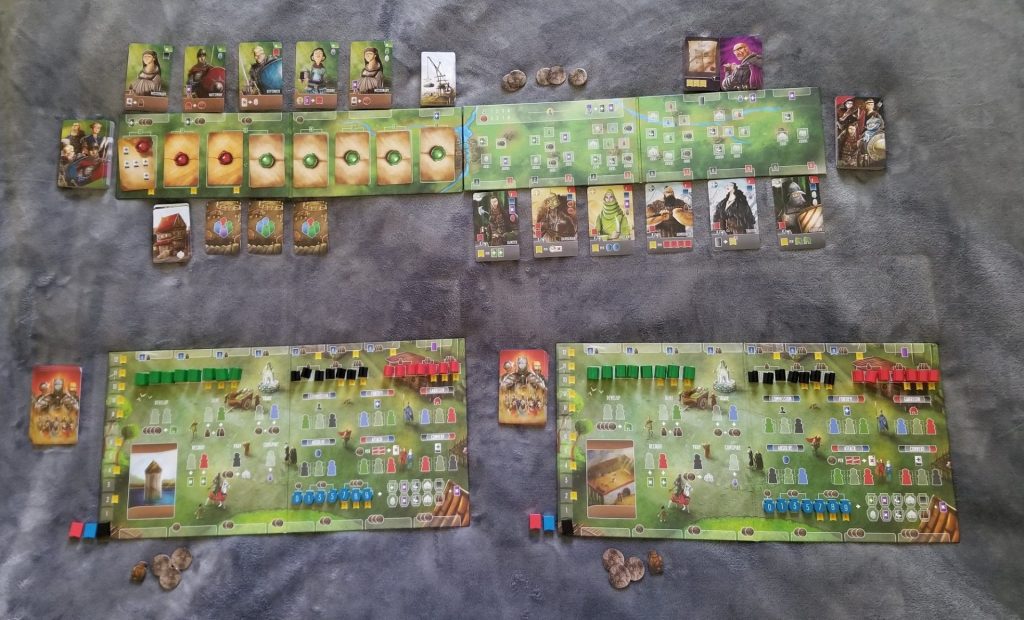
The game takes place across two main arenas: the central game board and each player’s personal player board.
Arrayed around the central game board (clockwise along the outside from top left) are a selection of Townsfolk cards along with the deck they were drawn from, a face down deck of shuffled Wall cards, the Tax supply area (which is seeded with coins based on the player count), a pile of double-sided Debt cards (‘unpaid’ side up), a deck of face down Suspicion cards, an array of face up Outsider cards along with the deck they were drawn from, and the deck of face down Tavern cards. Then, from left to right on the board itself, 3 face down King’s Order cards and 5 face down King’s Favor cards. None of this means anything right now, but it will in due order. Hopefully, though, you can already start getting a feel for the vast scope of this game.
The player boards are all essentially the same as one another with the only difference being the card back image in the lower left corner. The left edge of the player board consists of the Attribute track with the 3 Attribute markers placed on the 0 space. Along the top of the board are the Wall and Suspicion card areas. The bottom of the player board is the Converted Outsider area. The inside of the board is composed of a collection of actions and the wooden pieces affiliated with them–green workshops, black monks, red outposts, and blue jars.
Each player begins the game with a fully stocked player board, the deck of Paladin cards matching the background image of their selected player board, and also 3 silver and a single provision from the supply. Once everyone has received everything they are supposed to have and the central game board has been set up, a starting player is chosen and given the Start Player marker. Then you’re ready to begin.
Gathering Provisions
As each round begins, a new King’s Order and/or King’s Favor card will be revealed. The King’s Orders lay out end-game victory point conditions (i.e. – having built five Wall cards) while the King’s Favors introduce new worker placement spots (these appear in rounds three and up). There’s also some adjustment to the Townsfolk and Outsiders offerings, getting rid of some old ones to introduce some new ones. Additionally, several Tavern cards will be flipped face up.
Each player then draws three Paladin cards from their card deck, chooses one to keep, one to bottom deck, and one to top deck. The selected Paladin card is revealed and the workers shown on the card are received. Then, in turn order, each player will select one of the face up Tavern cards and collect the four workers depicted on the selected card. The Tavern card is then flipped over to show that it’s been selected.
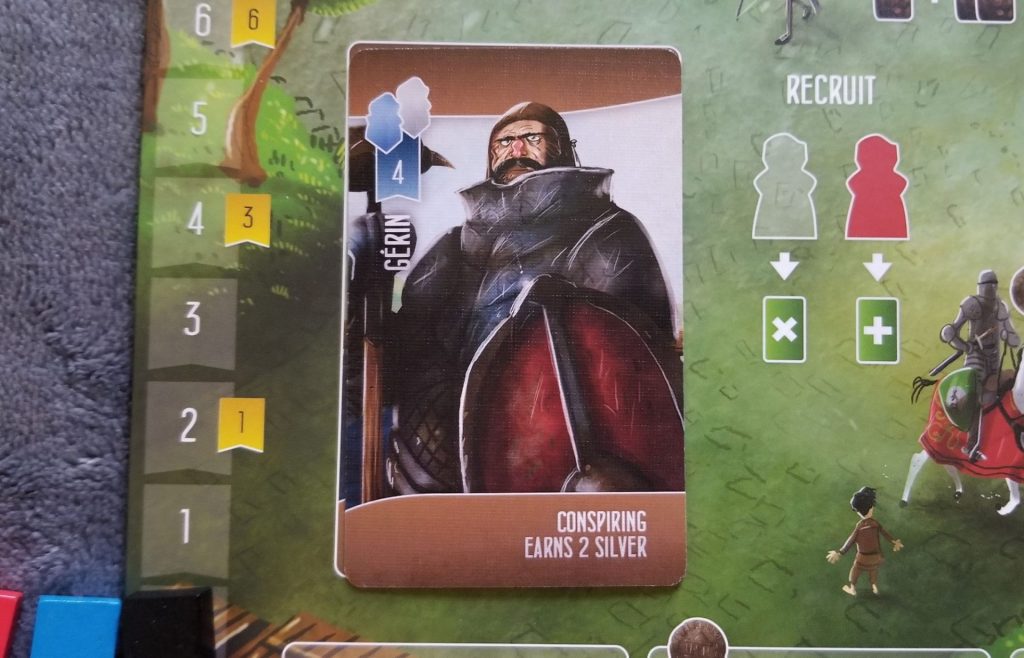
In addition to the workers, each paladin also brings some unique attributes to the table. Firstly, each paladin provides a temporary boost to one or two different attributes. Secondly, each paladin has a special ability. Consider Gerin, for instance. This paladin rewards the player with a white and a blue worker for the round as well as +4 to their Influence attribute. His ability reads: “Conspiring earns 2 silver”. So, your paladin selection will largely influence which actions you’ll want to perform that round and this will most likely have a large effect on which Tavern card you draft from the selection.
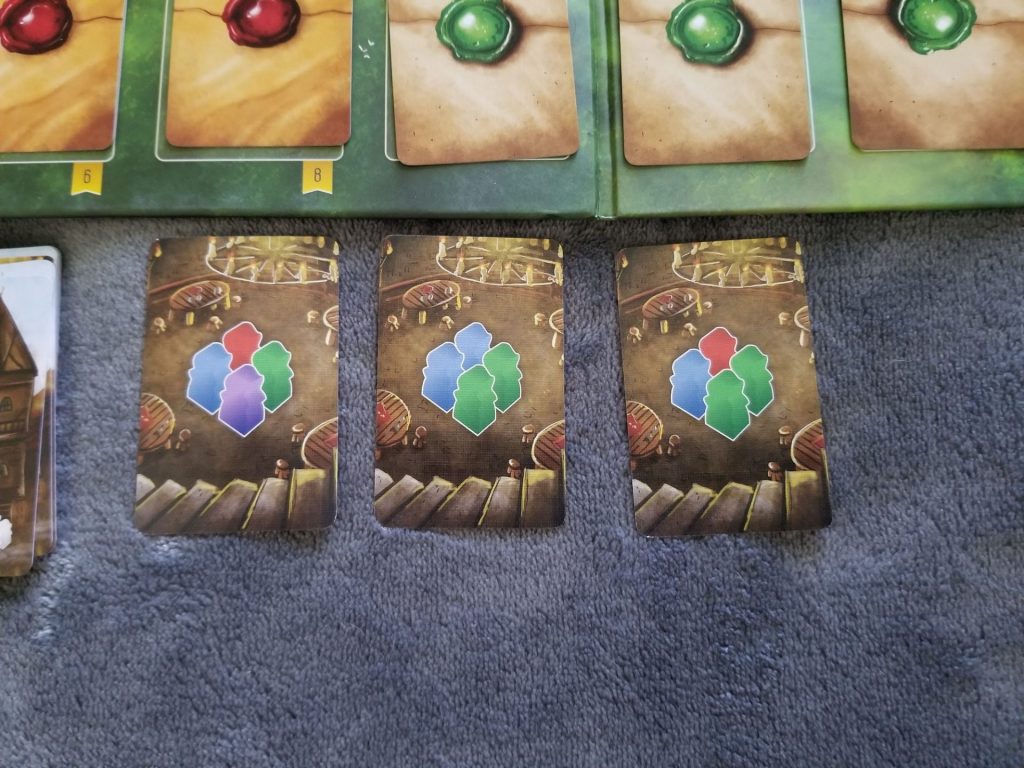
Of course, it might not. Maybe you just want to disrupt whatever your opponents are getting up to. Maybe it’s your opponent that’s chosen Gerin. Knowing that your opponent is gearing up to do some Conspiring, maybe you want to remove as many workers that would be useful to them from the Tavern card lineup as you can. There’s a lot to think about and, as I stated in my very brief overview earlier, more so than performing any actual actions, the selection of these two cards at the beginning of each round is where the true heart of Paladins lies.
Once each player has selected their paladins and collected all of their workers, each player will take turns performing a single action until all players have passed. Then it’s on to the next round, rinse and repeat, until the game draws to a conclusion at the end of the seventh round.
It’s Adventure Time
Despite the panic you may feel when gazing down at this for the first time…
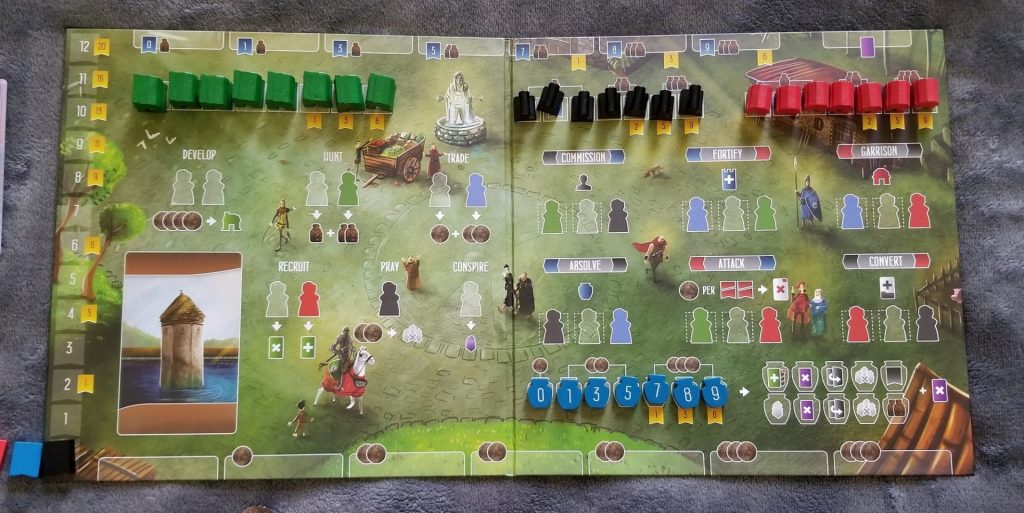
… Paladins is actually a pretty easy game to grasp once you know what each action does and how each action is intricately tied to everything else. Okay. So reading that, it actually sounds pretty confusing. But, trust me, it isn’t and it all clicks fairly quickly once you start playing.
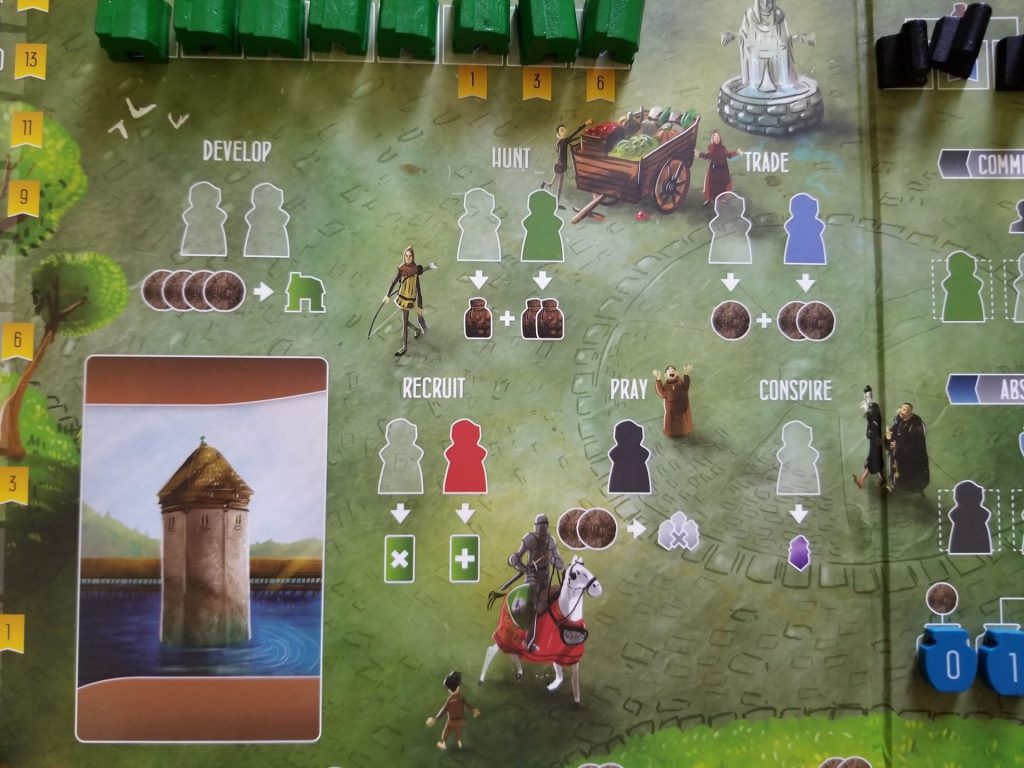
The basic actions – Develop, Hunt, Trade, Recruit, Pray, and Conspire – reward you with essentials like provisions and money. They also allow you to mitigate action costs elsewhere, earn purple workers which act as stand-ins for other colors, recruit Townsfolk for either their immediate bonuses or their long-term abilities, or clear action spaces elsewhere on their player board to enable them to be used a second time within the same round. Most of these spaces are pretty straightforward (place a worker, get a thing), but some are slightly more involved.
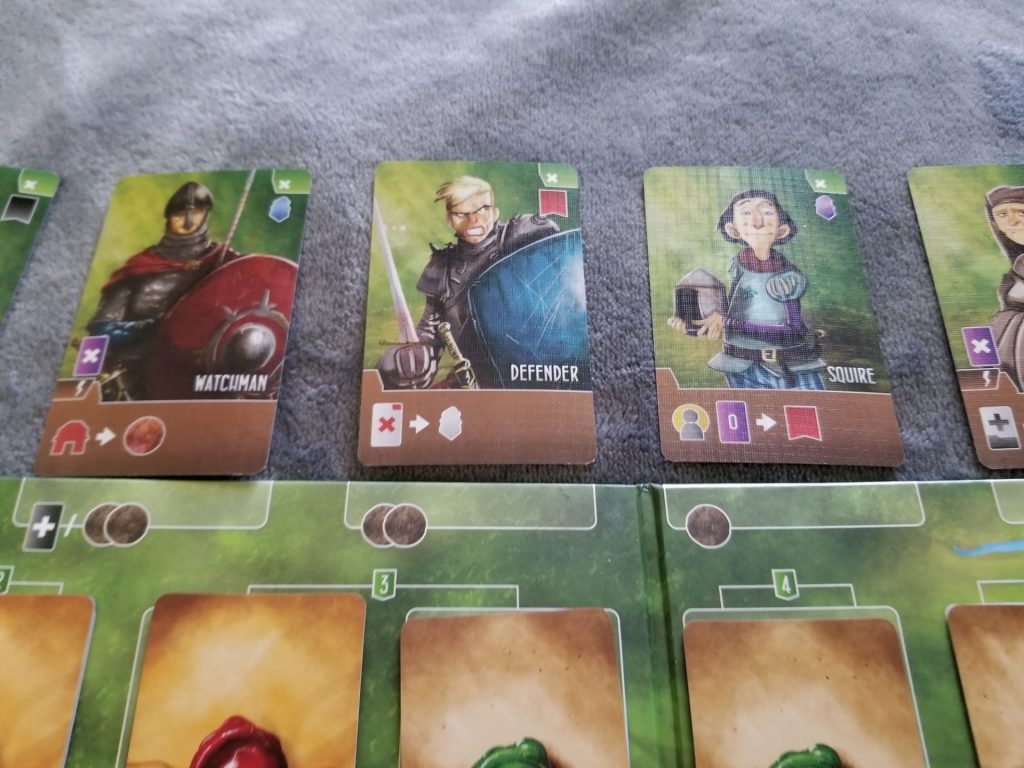
For instance, paying four silver and two workers of any color allows you to use Develop to remove the leftmost workshop from your player board and place it onto one of the action spaces on your player board that are surrounded by dotted lines. This makes those actions cheaper in the future. Additionally, as the workshop is removed, a bonus worker is earned. In fact, all of the spaces that were covered by wooden pieces during setup will reveal some kind of bonus once the space is revealed. If you’ve ever played a game like Terra Mystica or Clans of Caledonia, this mechanic should feel familiar.
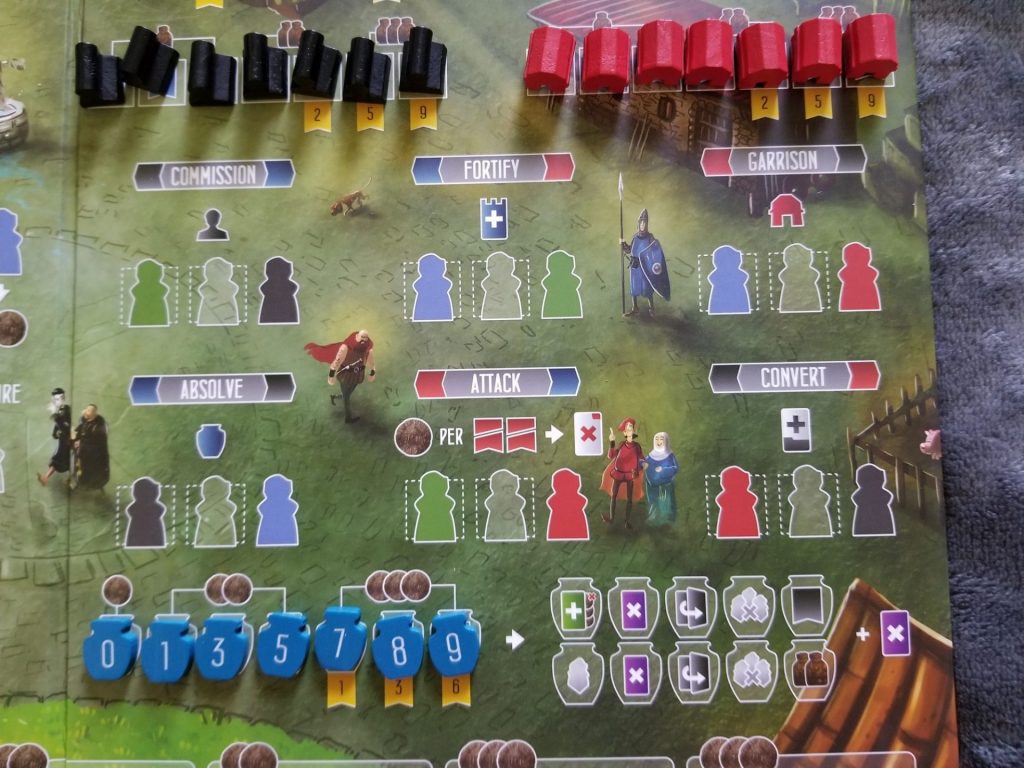
The other actions on the right side of the player board – Commission, Fortify, Garrison, Absolve, Attack, Convert – require a little more explanation. These actions are how you will interact with the central game board, by placing monks and outposts, and are also the main way that you’re going to raise your various attributes. Raising attributes is important for two main reasons. Firstly, some actions require certain attribute thresholds to perform or are made more powerful the higher the attribute is. Secondly, your progress on the attribute tracks is directly translated into victory points at the end of the game. The higher you go, the more points you’ll earn.
One interesting aspect about these actions is that each is focused on a specific attribute (shown in the arrow pointing left next to the name of the action) and will raise a different one (shown in the arrow pointing right). So, if your current chosen paladin has boosted, say, your Influence attribute rather high, this helps to guide your focus in the sea of possibilities. With high Influence, you’d probably want to go with the Absolve or Fortify actions. Your choice of which one to aim for is further guided by not only what the action achieves, but also by which attribute will be raised by performing it. The attribute used and the attribute raised aren’t just arbitrary either. There’s a thematic reasoning behind it all. For instance, Fortifying is how you build walls. You’re using your Influence to get things done and the walls give your kingdom Strength.
Commission and Garrison are largely the same, allowing you to remove items from your player board (uncovering and earning bonuses) and placing them onto the central game board (covering spaces and earning even more bonuses). The differences between them lie in the attributes used and raised. The more you build of each, the more victory points you’ll earn at the end of the game.
Fortify allows you to construct walls using your Influence and provisions. Each wall segment built rewards you with instant bonuses and, like so many other things in Paladins, the more you build, the more victory points you’ll earn at the end of the game.
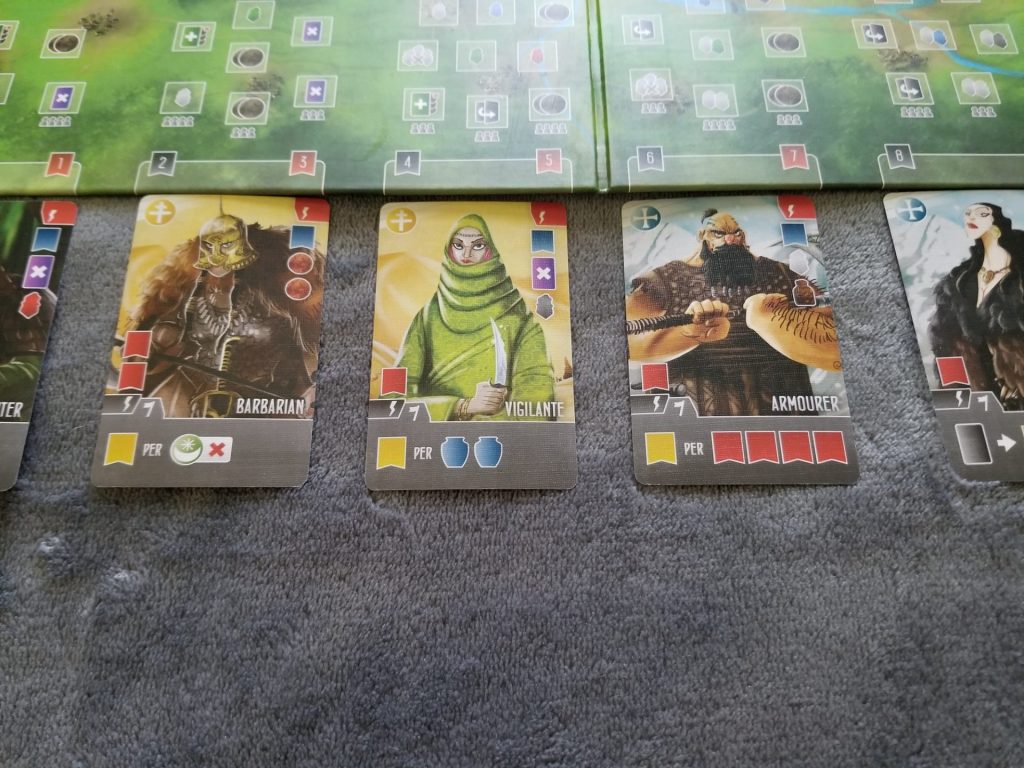
Attack and Convert are how the players interact with the Outsider cards:
– Attacking uses the player’s Strength and coin to oust the Outsiders from the realm. Each Outsider has a specific type and that type may be important during end-game scoring, so any Outsiders removed in this way are kept in the player’s playing area. These eliminated Outsiders also provide instant bonuses when they are defeated.
– Converting uses the player’s Faith attribute. So impressed by your piety, these Outsiders decide to join you, bringing their end-game scoring benefits along with them (such as scoring victory points for each defeated Outsider of a specific type).
Absolve uses the player’s Influence to move their pots from one area, earning Faith in the process, to another which earns them an instant bonus. The more pots you move, the more victory points you’ll earn. Additionally, the player gets to remove a Suspicion card. This segues nicely into the last aspects of the game that we haven’t talked about…
Paying the Tax Man
Each time a player collects a purple worker, they also earn a Suspicion card. A Suspicion card in and of itself isn’t so bad. Each one of them gains you some extra coin, but that coin comes from the tax area above the central game board. If that area is ever emptied of silver, it triggers an Inquisition and that can turn into bad news fairly quickly if you happen to have more Suspicion cards than anybody else.
If you’re the unlucky one (or tied for that dubious honor), you’re going to gain a Debt card. These Debt cards are worth negative points at the end of the game. Left unpaid, they can come back to bite you in the behind if you’re not careful. Fortunately, there are many ways to pay off Debt cards (which awards a victory point per paid Debt at the end of the game) or to destroy them entirely.
Thoughts
I can clearly recall the day that I played Paladins for the first time. It was a Wednesday much like any other. There was an early fall crispness in the air. Trapped at my desk, up to my armpits in work, I was watching the clock with anticipation. Five o’clock was approaching and I knew my shift would soon be over and I would be on my way to game night. The only thing standing between me and game night was a long bus ride, with a switchover in-between, and a long trudge up a hill which I wasn’t looking forward to. But it’d all be worth it because I knew that Paladins was waiting for me on the other end.
A friend I’d connected with through Facebook, Eric, had recently received his Kickstarter fulfillment of the game and was excited to get it played. I was excited, too. I’d really wanted to back the project when it initially dropped on Kickstarter, but I just wasn’t in the financial position to do so at the time. Now I finally had a chance to check it out for myself.
Arriving at Nashville Game Night, I ran into another couple of friends, Scott and Piotrek, and they agreed to join us for a game of Paladins at the full four player contingent. So we sat down, eager to play. We got started a little late as it was the night of the annual Nashville Game Night flea market and Eric was away from the table doing some shopping. When he returned, we rolled up our collective sleeves and got to work.
The ensuing two or three hours blew my mind. By the time we stood up from that table, I was thoroughly impressed. Paladins was, hands down, one of the best games I’d ever played and, with several hundred reviews under my belt at that time, that was saying a lot. Here I am going on three years and fifty reviews later and it’s still saying a lot because I still think it’s pretty great.
For starters, there’s The Mico’s amazing artwork. His artistic styling has a way of taking something every day and ordinary and making it feel badass. “Oh, look. Here’s a crane lifting some stone on the back of the Wall cards.”
Badass. That’s a word I never thought I’d use to describe a crane. But here we are.

I can’t stress enough just how much The Mico’s artwork sets the tone for this game. Before you’ve even opened the box, you know you’re in for something epic. It’s not just true for Paladins either. The Mico brings that aesthetic to everything he touches. It’s one of the reasons that I picked him as one of the top 6 board game illustrators of all time.
Backing up that artwork aesthetic is the stellar gameplay. When Eric first explained to me how we’d be selecting our Paladin cards each round, I was excited. Having played City of the Big Shoulders which does something very similar with the action tiles each round, I already knew how critical these decisions were. And I also knew how tough actually making them could be. This tough decision making was further compounded by the fact that Eric had chosen to include the 2019 promos from the Kickstarter campaign which introduced 4 new paladins into each Paladin deck. Now, instead of keeping one, top decking one, and bottom decking another, I was also tasked with choosing which paladin I wanted to remove from the game entirely. And, I tell you what, making those decisions each round was deliciously agonizing.
I’m a sucker for a game that lets you plan ahead and gives you a sneak peek at what’s coming up. In the case of Paladins, it turns what would typically just be a random card draw into something that you control. Yeah, you’ve drawn three random paladins, but you’re able to influence what you draw next and what you’re going to draw several turns from now. That element of control is key. It puts me in the driver’s seat and empowers me to make more informed decisions.
I was also impressed by the interlocking mechanisms. I liked how building one thing helped me raise my attributes needed to build something else. I particularly enjoyed it when things lined up in such a way that I was able to chain a lot of actions together. Build this, gain a bonus that allows me to build that which rewards me with the worker I need to do this other thing. These very satisfying turn sequences are the norm in Paladins rather than the exception.
The only thing about the game that feels a bit off to me are the jars. From a thematic, story-driven standpoint every other element of Paladins makes sense. But I can’t wrap my mind around the jars. I like what they bring to the game mechanically, but they feel a bit out of place thematically. Are they jars of anointing oil? Jugs of wine? I just don’t get it.
And really, that’s the only hiccup I’ve encountered in Paladins. This game is a masterpiece of game design and, in my opinion at the time of this writing, Shem Phillip’s and Sam Macdonald’s finest collaboration yet. The North Sea trilogy (especially Raiders of the North Sea) were impressive, but it wasn’t until encountering Paladins that I felt like I was in the presence of greatness. I cannot recommend this game highly enough.


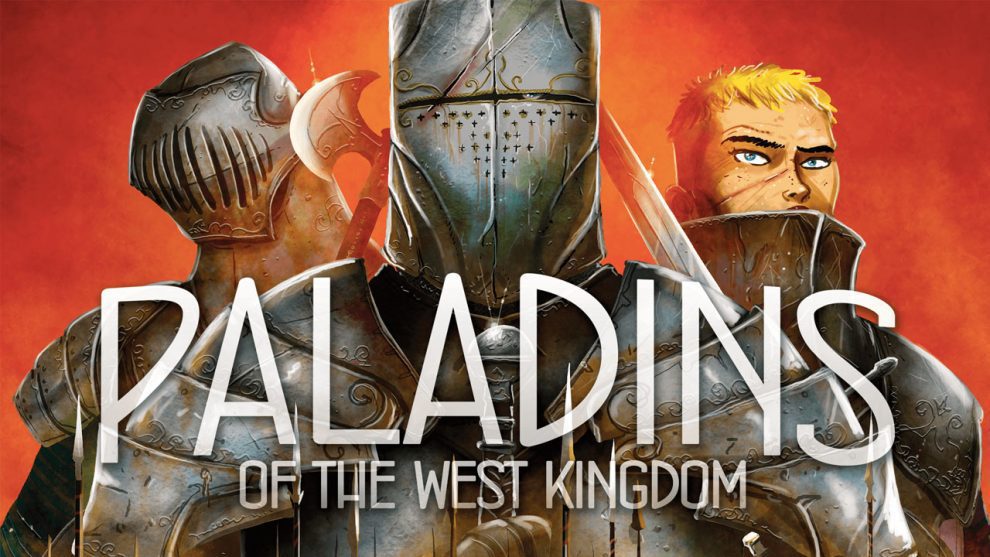

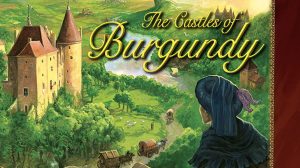
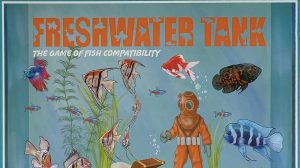
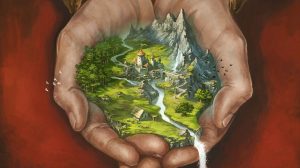





Add Comment